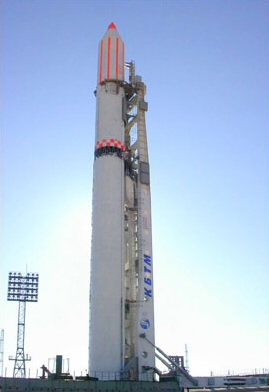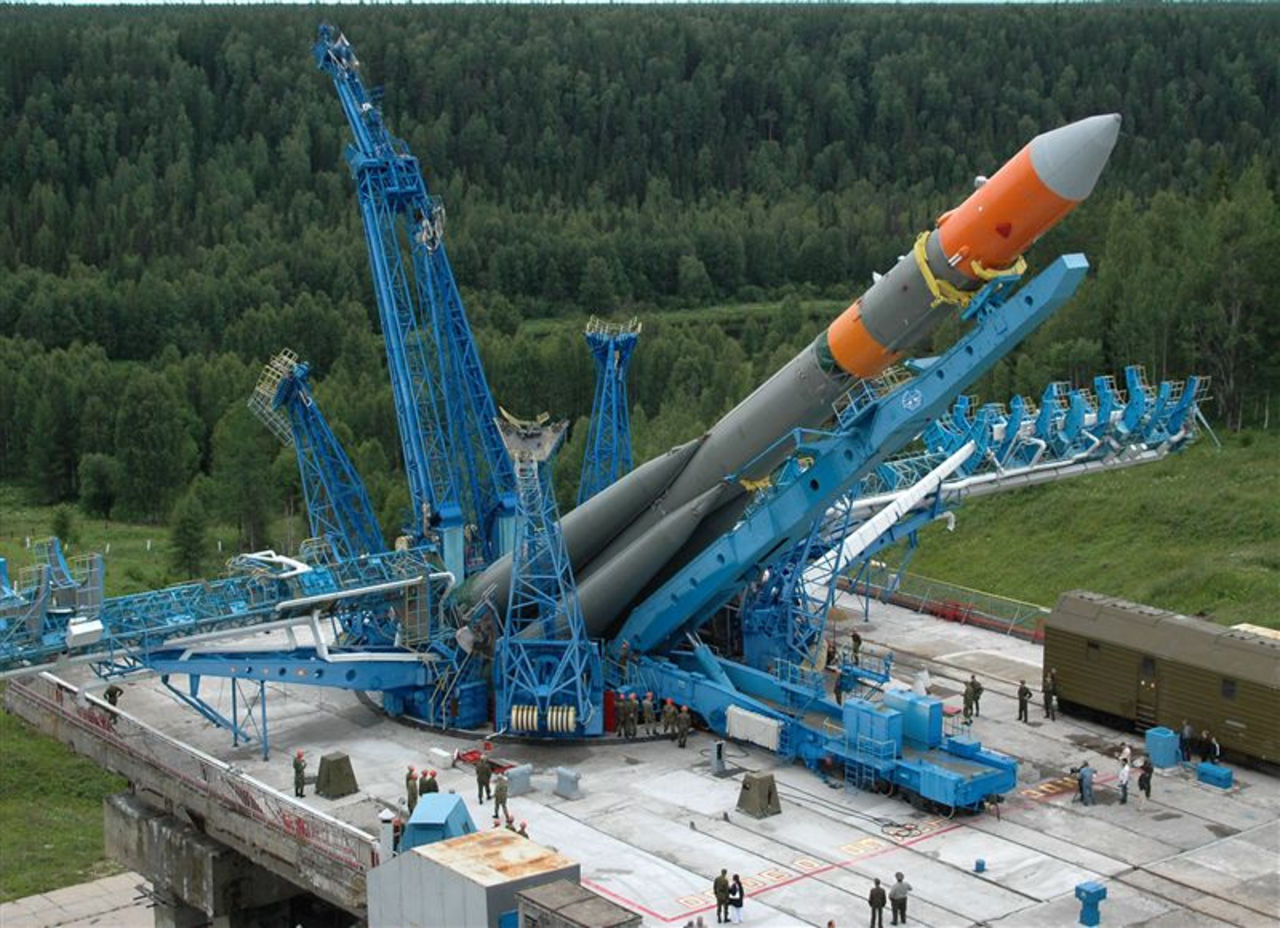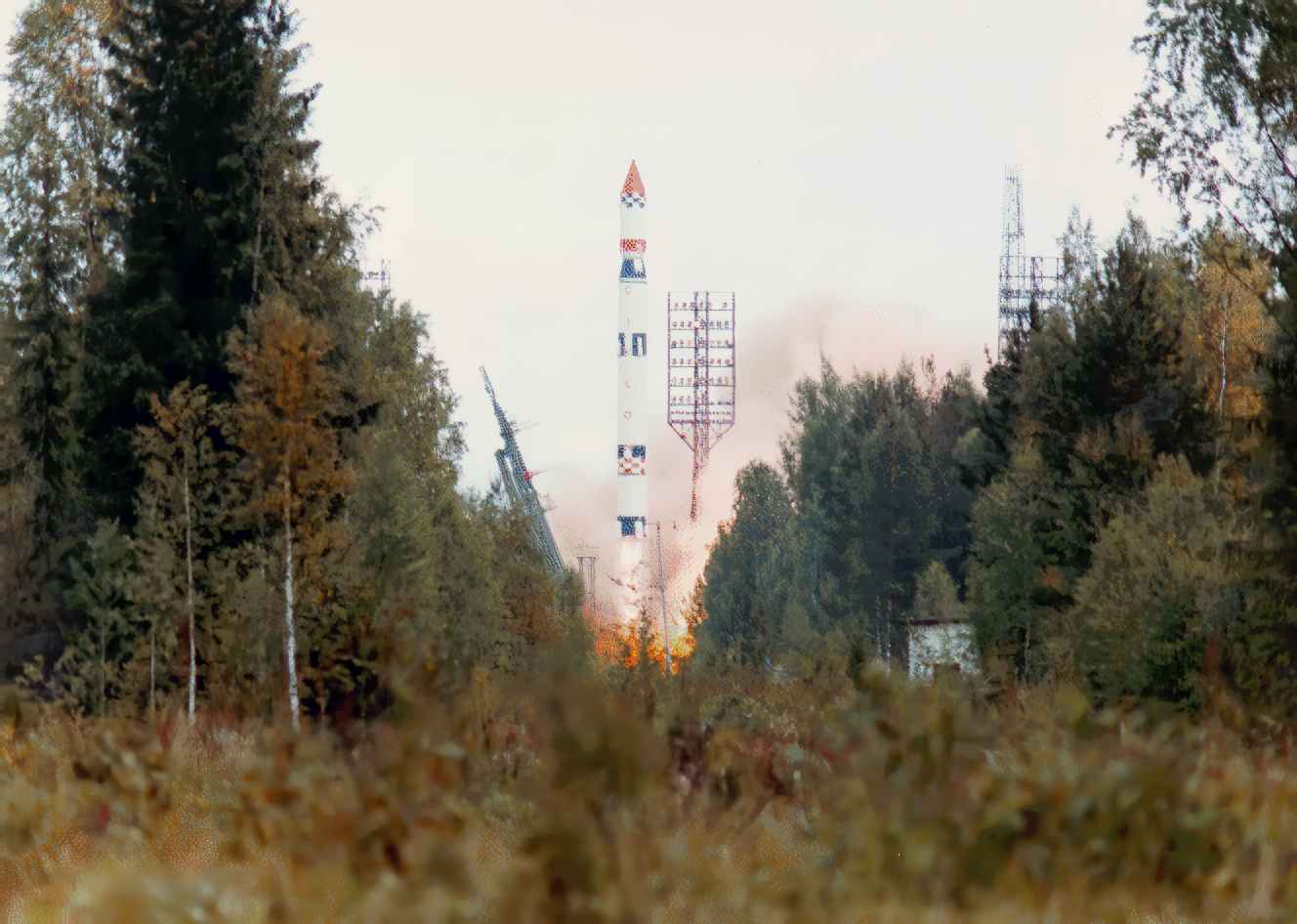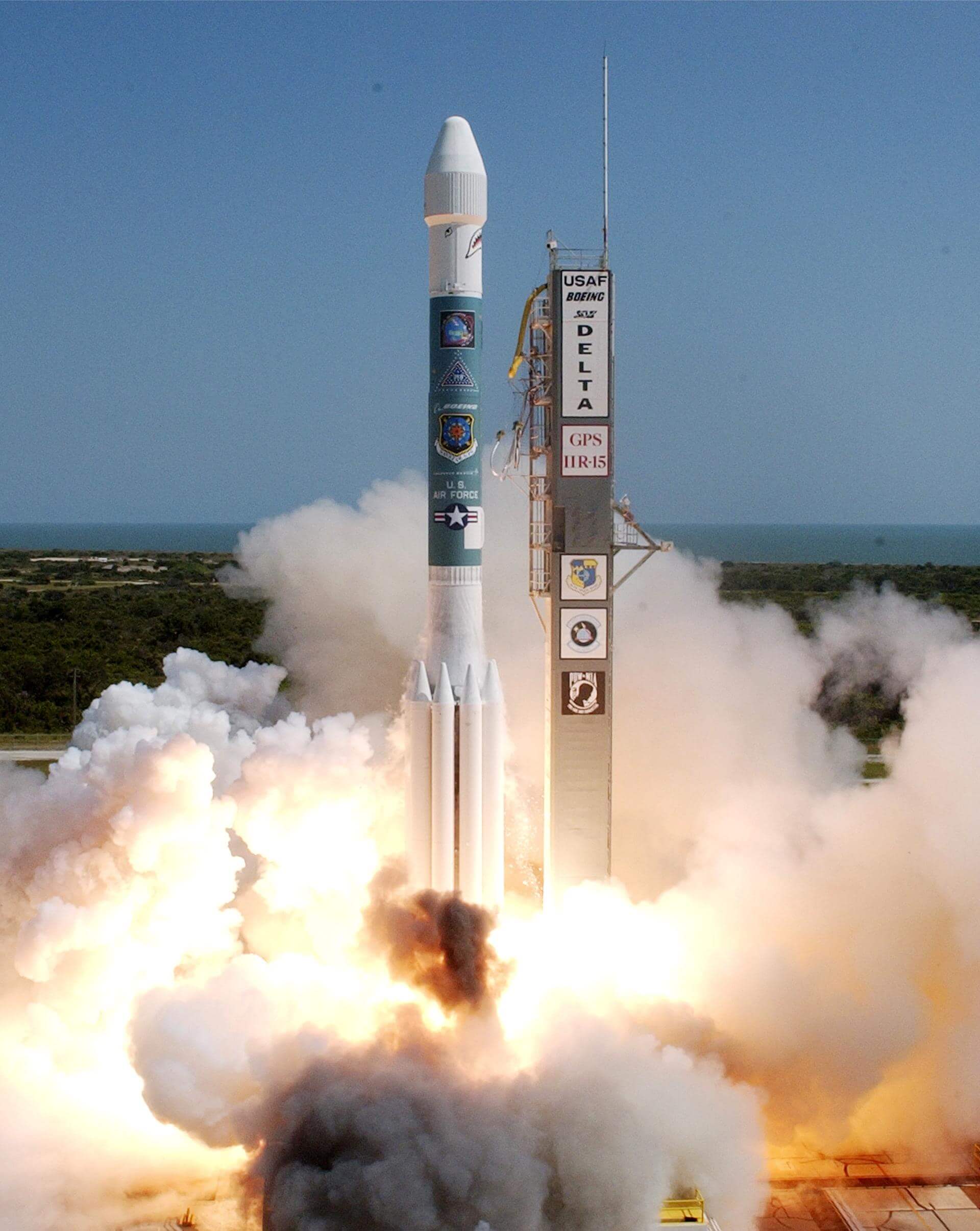Previous Spaceflight Launches
Filter by Agency, Locations or Vehicles
Show All LaunchesZenit-2 | Resurs-O1
Yuzhnoye Design Bureau | UkraineBaikonur Cosmodrome, Republic of Kazakhstan
July 10, 1998, 6:30 a.m.
Shtil'-1 | Tubsat-N & N1
KB Mashinostroyeniya | RussiaSea Launch
July 7, 1998, 3:15 a.m.
Status: Launch Successful
Mission:
TUBSAT-N and Tubsat-N1 are two nanosatellites, which were launched on the 7th of July 1998 as a satellite cluster from a submarine with a russian Shtil-1 rocket in the Barents Sea. All systems are working well and the satellites are in a excellent overall condition. The satellites were separated in orbit via telecommand. Both satellites were developed at the Technical University of Berlin and the complete project was financed by DLR.
Low Earth OrbitM-V | Nozomi
IHI Corporation | JapanUchinoura Space Center, Japan
July 3, 1998, 6:12 p.m.
Molniya-M | Molniya-3 61L
Russian Space Forces | RussiaPlesetsk Cosmodrome, Russian Federation
July 1, 1998, 12:48 a.m.
Soyuz-U-PVB | Yantar-4KS1M 8
Progress Rocket Space Center | RussiaBaikonur Cosmodrome, Republic of Kazakhstan
June 25, 1998, 2 p.m.
Soyuz-U-PVB | Yantar-4K2 78
Progress Rocket Space Center | RussiaPlesetsk Cosmodrome, Russian Federation
June 24, 1998, 6:29 p.m.
Atlas IIAS | INTELSAT 805
Lockheed Martin | United States of AmericaCape Canaveral SFS, FL, USA
June 18, 1998, 10:48 p.m.
Status: Launch Successful
Mission:
The Intelsat VIII-VIII/A series has been designed to meet the needs of Intelsat users throughout the system for improved C-band coverage and service. These spacecraft will incorporate six-fold C-band frequency reuse, two-fold frequency reuse of expanded C-band capacity, and the highest C-band power level ever for an Intelsat satellite. Consequently, Intelsat VIII will provide significantly more C-band capacity for public switched telephony and Intelsat Business Service, better quality for video services, and encourage new international VSAT applications.
Geostationary OrbitTsiklon-3 | Strela-3 119 to 124
Yuzhnoye Design Bureau | UkrainePlesetsk Cosmodrome, Russian Federation
June 15, 1998, 10:58 p.m.
Delta II | Thor III
United Launch Alliance | United States of AmericaCape Canaveral SFS, FL, USA
June 10, 1998, 12:35 a.m.
Status: Launch Successful
Mission:
In November 1995, Hughes was awarded the contract for Thor 2, a high-powered version of Hughes' spin-stabilized HS-376 model. Thor 2 was successfully launched in May 1997. That same month, Telenor announced the award of a follow-on contract to Hughes for a second high-powered HS-376HP satellite, Thor 3, which was successfully launched in June 1998.
Geostationary OrbitSpace Shuttle Discovery / OV-103 | STS-91
National Aeronautics and Space Administration | United States of AmericaKennedy Space Center, FL, USA
June 2, 1998, 10:06 p.m.








